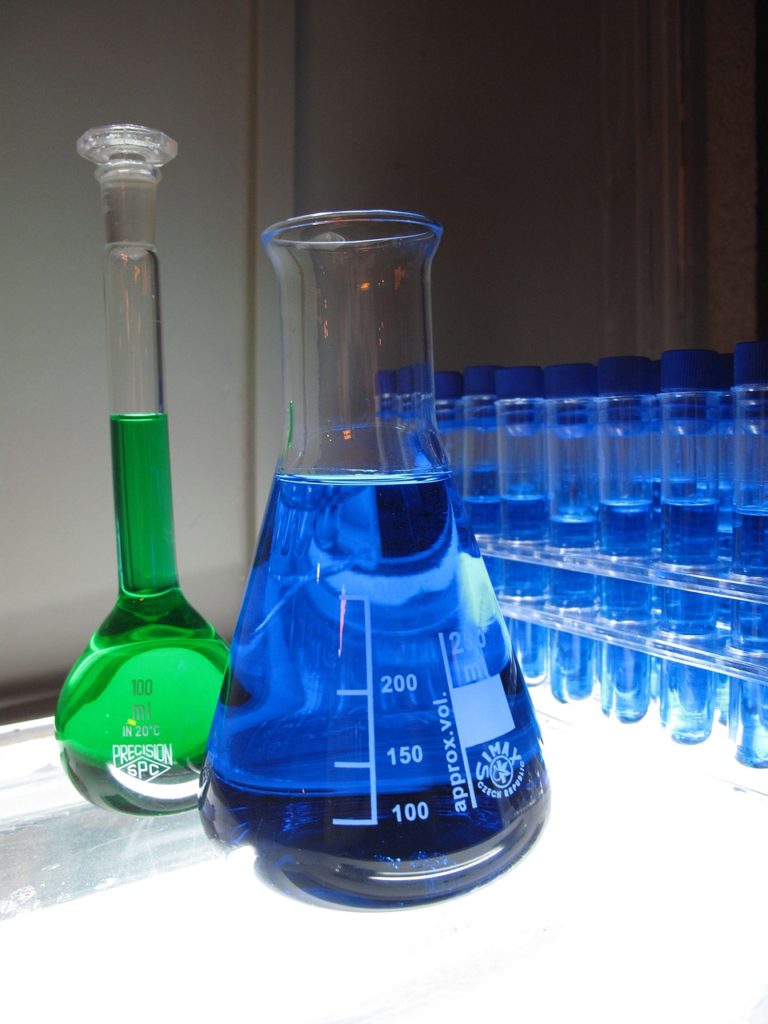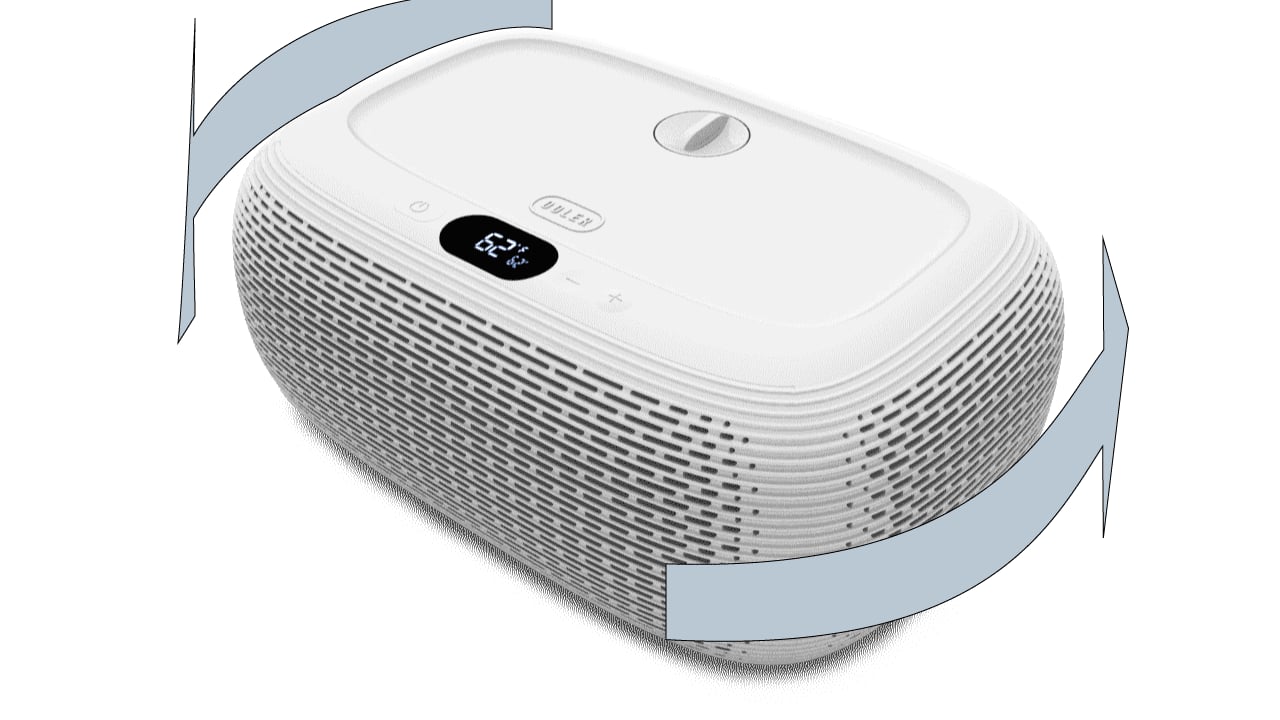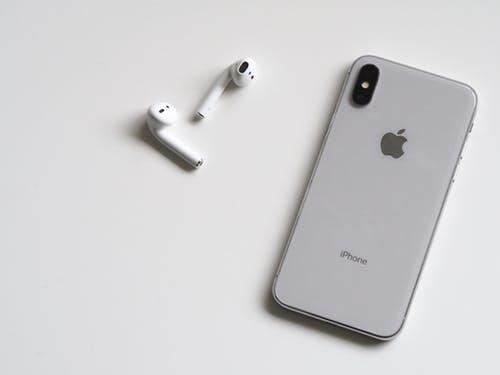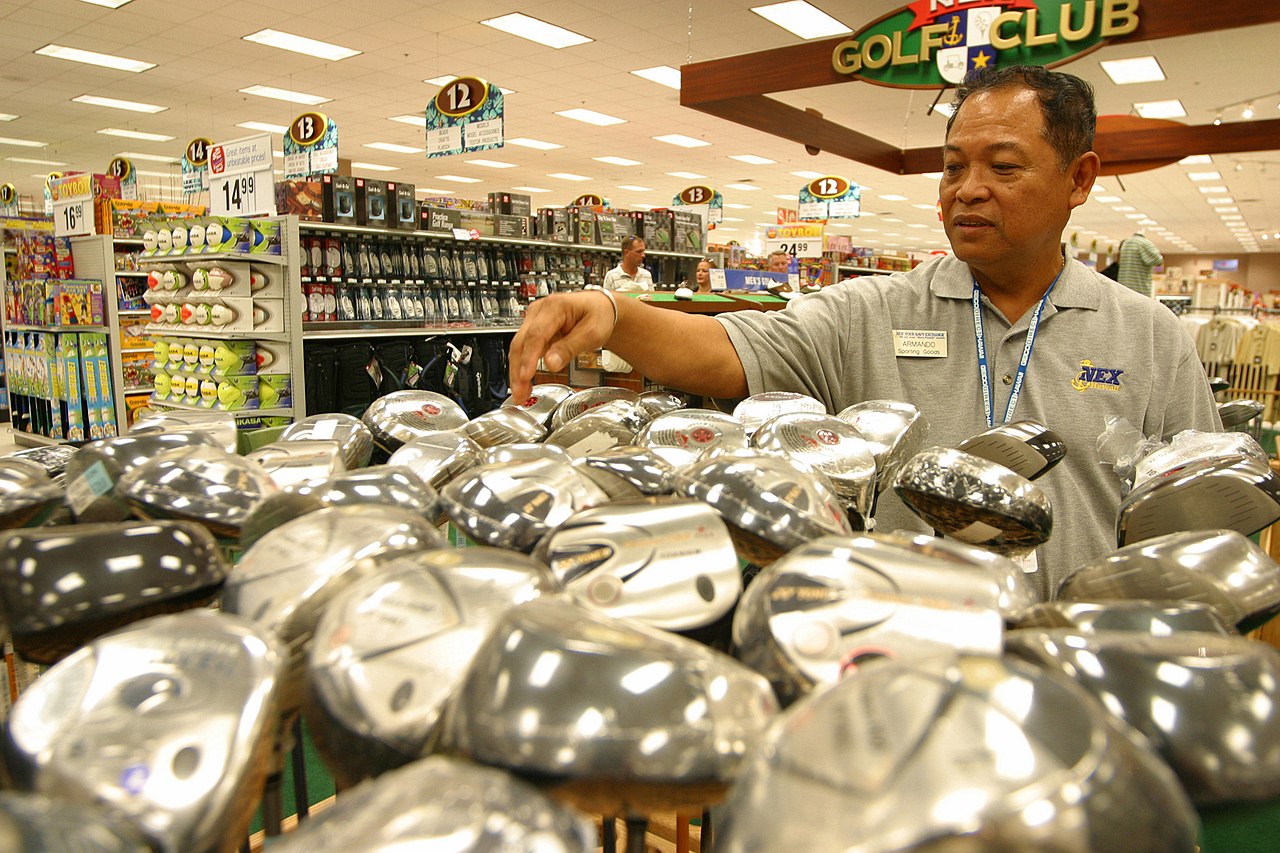
Every lab in the world has a need for refrigeration. In fact, laboratory refrigerators are vital in any kind of chemical analysis and reagents must remain at stable temperatures in order for testing to be possible. This cannot be achieved by a simple home refrigerator, and a specialist device is needed.
What Are Laboratory Refrigerators?
If a laboratory product requires refrigeration, it is usually sensitive to either high or low temperatures. Sometimes, materials must be stored at a very precise temperature range, or they become unsafe. This is why it is vital that a refrigerator is in place that can maintain the perfect temperature at all times. As such, laboratory refrigerators are precision refrigerators.
Compare this to a household fridge, and you will see something that is used simply to keep something cold. This can be used in a lab as well, for instance to store post-testing microbiological specimens, cerebral-spinal fluid, urine, or blood products. Here, the range is usually between 1 and 8 degrees Celsius, in accordance with the protocol of the lab.
However, lots of products require far more precise refrigeration. Here, the temperature monitoring system has to be circular-paper, allowing for any deviation to be clearly visible. This includes digital monitoring features, like alarmed microchips. They usually also have features such as anti-frost fan, which helps to keep levels of moisture down. This ensures the climate is drier, which is necessary for some reagents or other materials that can be contaminated through moisture. Usually, moisture detectors are also included, either on paper printouts or digital displays.
Sometimes, lab fridges have a glass front, which is useful for procurement of media plates or other items that must be reordered regularly. The glass front prevents the fridge from being opened unnecessarily. They usually have vacuum seals for insulation and are triple glazed for protection. They come with a circular fan, controlling the moisture and ensuring cooling is even.
Depending on the needs of the lab, the fridge can come in a range of shapes and sizes. Often, they are bench-tops, which ensures the operator can access everything they need instantly. This reduces trips, making the lab more efficient. Other models are upright, where freeze-dried products and reagents can be stored. They often have stainless steel racks that can easily be cleaned. In some cases, the racks rotate, which makes the system more cost-effective.
On today’s laboratory refrigerators, digital monitoring is standard. They also come with alarm systems. The interface is fully computer-controlled and can generally be accessed remotely through the management system employed by the laboratory. This cancels out the need for operatives who check the temperature of the device every day. Furthermore, they can be fitted with a mobile alarm, which ensures that designated people are notified if there is a problem, even if they aren’t at work.
Everything is becoming digital in today’s world, and the laboratory refrigerator is no different. While some don’t like these rapid technological developments, the reality is that it has made working more efficient than ever before.









